MusicRadar Verdict
Versatility, great tones and build quality make this a Marshall classic.
Pros
- +
Huge versatility. Easy switching system. Superb tone. Excellent low-noise performance.
Cons
- -
Preamp valves fiddly to replace.
MusicRadar's got your back
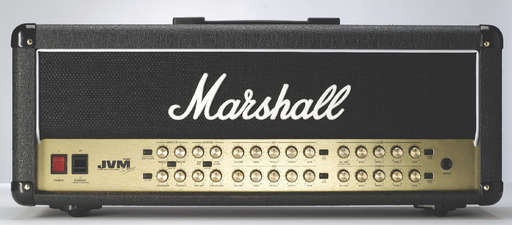
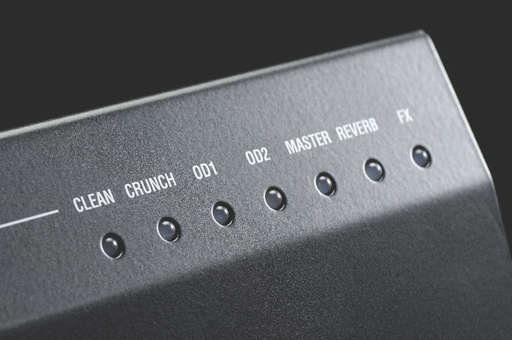
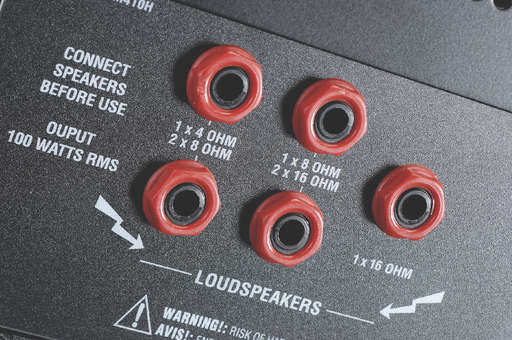
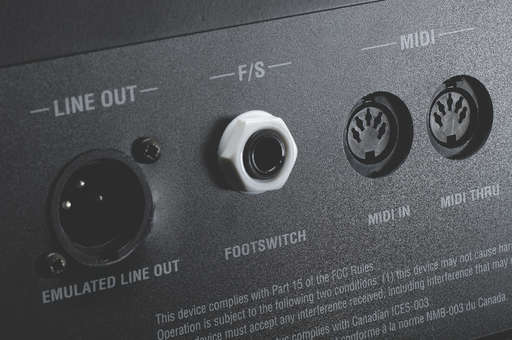
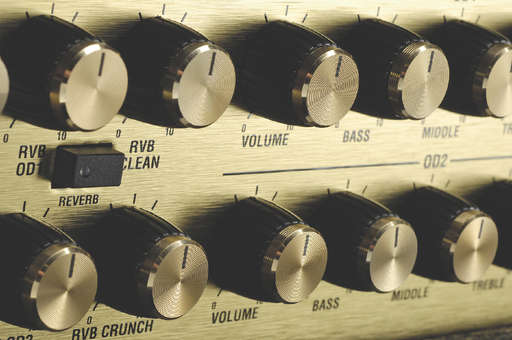
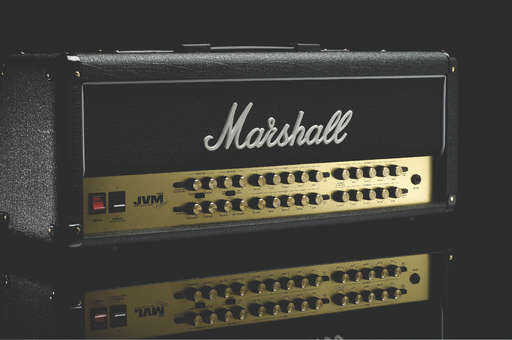
Two thousand and seven proved to be a busy year for Marshall, with two new designs in the KT66-powered Vintage Modern series and this all-new flagship, the JVM 100-watt head.
The JVM's cabinet and styling are what we've come to expect from Marshall - the word 'iconic' is over-used these days, but nobody would argue that it shouldn't apply here. Heavy-duty hardware combined with black vinyl, gold control panel and the famous white script logo produces a reassuring presence that will make any guitarist feel right at home. The JVM's deep steel box chassis is home to a lot of electronics, and as you'd expect from an amp with 28 knobs on its control panel, these are all mounted on printed circuit boards.
One very big PCB holds all the preamp and power amp components, including the valve bases and most of the rear panel items, while three more support all the front panel controls. The main board is through-plated and all the components are typical of Marshall's high quality standards. With such a reliance on PCB layout, internal wiring is minimal but what there is has been neatly routed.
One benefit of this type of construction is built-in consistency - gone are the days when you could tweak a Marshall just by repositioning a few wires inside the chassis. However, this construction means the five ECC83 preamp valves are deeply recessed and will be tricky to replace in a hurry.
The reason for such a densely populated control panel is that the JVM is a proper four-channel design, with four sets of gain, volume and tone controls for each channel. Furthermore, each channel has a mode switch that offers three distinct voices with varying amounts of gain, giving no less than 12 preset sounds to play with. There is a digital reverb with a level control for each channel, two switchable global master volume controls and presence and resonance controls to fine-tune the power amp's high and low frequency response.
Moving to the rear panel, there are no less than five speaker outlets, two effects loops (one series, one parallel), a balanced speaker-emulated line out, which works in conjunction with the front-panel standby switch to offer a silent recording mode, a footswitch jack for the included six-button stage board and a pair of MIDI sockets.
Yes, the JVM is MIDI compatible so any MIDI effects unit can track program changes, or send program changes to the JVM. But that's not all. The non-MIDI stage board is also programmable - you can use it to either duplicate any of the front panel switches or recall entire channel presets. Every time you change a function the amp remembers this setting so, for example, if you select the crunch channel in red mode with reverb and the switchable master volume engaged, that's what you'll get the next time you return to that channel.
Marshall has deliberately left each footswitch button with a blank label, so you can work out your ideal set-up and then write the various functions on it yourself. Furthermore, this board isn't connected using an expensive multicore cable; any two-conductor lead up to almost any length will do the job. It's a very clever and logical switching design, making what seems at first glance an intimidating amp child's play to operate.
Sounds
Massive flexibility and clever switching tricks aren't enough. Do those four tri-mode channels rock like we want? Oh yes they do! The clean channel is one of the best you'll find on any guitar amp, let alone a Marshall. In green mode, this channel's volume control is bypassed, so the gain takes over as a single volume control, giving you a very pleasant, high-headroom clean sound that can be either fat and juicy or crystalline, depending on how you set the EQ.
Switch to orange or red modes, and the gain stages are added post-EQ, which is unusual for a Marshall, giving a wide range of highly interactive mild break-up effects. The crunch channel takes you from JTM45 or 'Plexi' tonality into JCM800 territory as you switch through the three modes, while OD1 and OD2 cover just about every player's wish for a great Marshall lead sound. It's all there - JCM900, DSL, TSL and a lot more besides.
The full-on power of OD2 with the gain control maxed out will be more than enough for any distortion blend. Mind-blowing overdrive capability is matched by impressively low background noise - in fact, with the clean channel selected, it's hard to tell the amp is actually on until you hit the strings.
There are many amps that cost considerably more, which are sadly lacking in this area. It's good to see Marshall leading by example, with a low-noise design that will work just as well in studios as it will on stage.
The digital plate reverb used on the JVM is nicely EQ'd and very flattering, with the added extra that the reverb tail isn't chopped off when you change channels, it's left to decay naturally. All of the switching functions operate virtually seamlessly, with almost no clicks or pops, even at very high gain. It's great to have all this functionality but the abiding impression here is that the JVM sounds utterly superb - far better than its immediate predecessors.
For the first time in quite a while, this is a modern Marshall that boasts an almost pure all-valve path from input jack to speaker socket. We say almost, but if you discount the digital reverb (which still uses a valve in the recovery circuit) and a single MOSFET in the resonance circuit, it is all valve, and the result is a more organic and flexible tonality than you'd previously expect from this kind of amp. That's not to say the JVM can't rock hard if you want it to - the sheer power and aggression is typical Marshall - but you can do a lot more besides and that is this amp's strong point. It's a multi-channel, multi-mode monster that really works.Try as we have, we can't find a single weak point in the JVM's tonal palette.
MusicRadar is the number 1 website for music makers of all kinds, be they guitarists, drummers, keyboard players, djs or producers...
GEAR: We help musicians find the best gear with top-ranking gear round-ups and high- quality, authoritative reviews by a wide team of highly experienced experts.
TIPS: We also provide tuition, from bite-sized tips to advanced work-outs and guidance from recognised musicians and stars.
STARS: We talk to musicians and stars about their creative processes, and the nuts and bolts of their gear and technique. We give fans an insight into the actual craft of music making that no other music website can.
“I called out to Mutt and said, ‘How about this?’... It was a complete fluke": How Def Leppard created a rock anthem - with a little bit of divine intervention
Baby Audio's Smooth Operator spectral balancing plugin goes pro
"It was ugly, like watching a divorce between four people. After a while, I had to get out": Beatles engineer Geoff Emerick on the recording of Abbey Road, track-by-track










